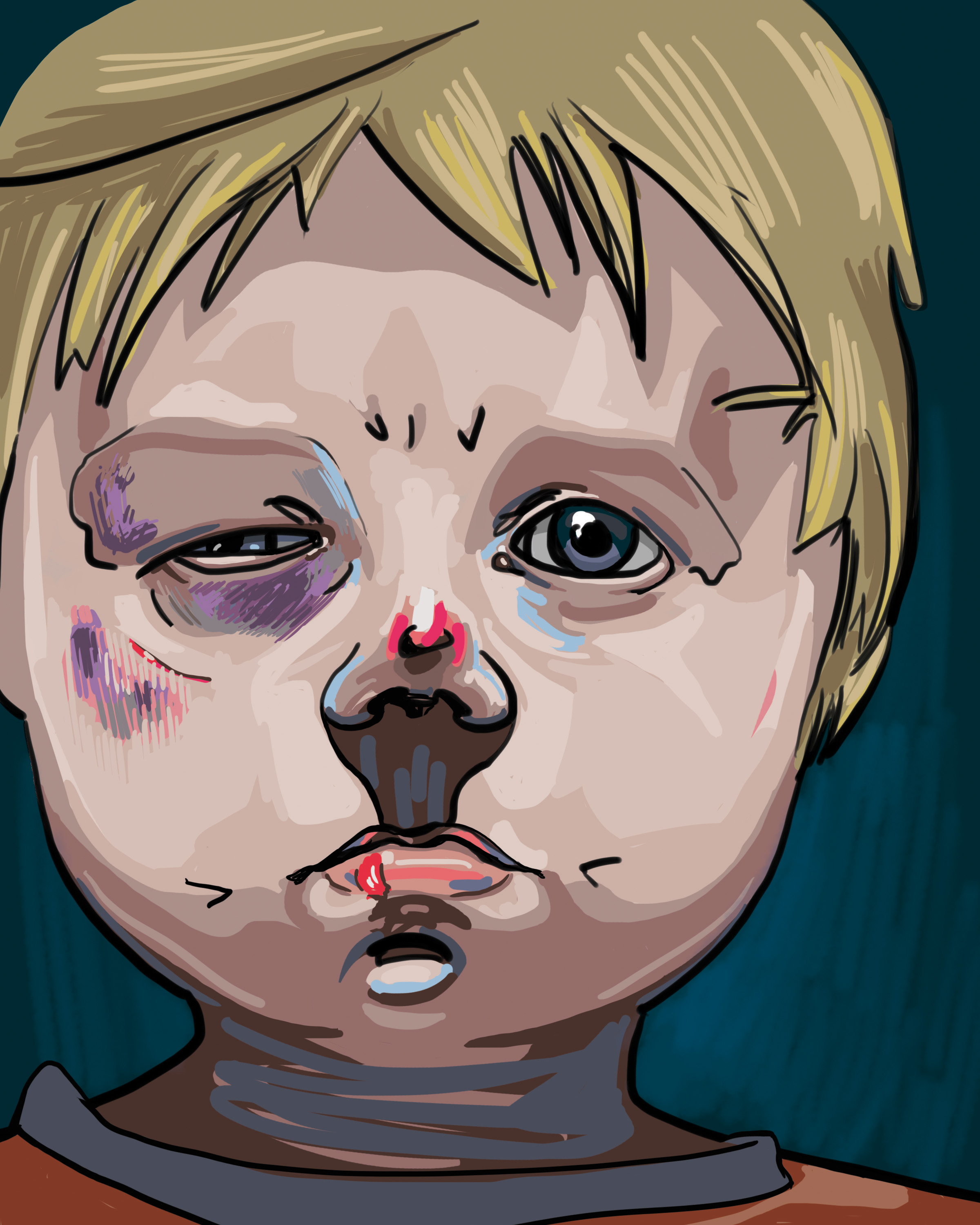An association between the physical punishment of children and chronic health effects has been discovered in one of the first comprehensive studies of physical punishment in the absence of severe abuse.
Tracie Afifi, assistant professor of community health sciences at the University of Manitoba, published her findings in the July 15 issue of the journal Pediatrics. The study examined possible connections between negative health problems and harsh physical punishment in children. Children who had been severely abused were excluded from the data.
In 2012, Afifi published research on a similar subject. She examined the association between mental illness and harsh physical punishment. The results demonstrated that physical punishment was related to a number of mental health issues such as: mood disorders, anxiety disorders, and drug abuse and dependence.
For the current study, Afifi wished to expand on her 2012 research.
“We looked at individuals who were pushed, grabbed, shoved, slapped, or hit,” Afifi told the Manitoban.
The study concluded that harsh physical punishment is correlated with the eventual development of “cardiovascular disease (borderline significance), arthritis, and obesity,” in a representative sample population.
Afifi noted that not all children who experience physical punishment develop negative health outcomes. However, a child-rearing environment that includes physical punishment can influence brain development.
“The main recommendation for this study [ . . . ] is that physical punishment should not be used on children of any age,” said Afifi.
Discipline, as explained by Afifi, is different from physical punishment and is necessary in children’s lives. The study recommends the use of positive parenting programs for children.
Physical punishment of children is legal in Canada under certain circumstances. Section 43 of Canada’s Criminal Code explains the “spanking” law. The law offers justification of physical punishment: “if the force does not exceed what is reasonable under the circumstances.”
According to Afifi, these guidelines are vague.
“That law can actually be used to get parents who are clearly physically abusive off the hook legally,” she said.
She also noted that Canada is not one of the 33 countries that forbid parents to hit their children.
“It’s not about putting parents in jail if they spank their kids; it’s about changing the social climate that thinks that using physical punishment on your kids is okay,” explained Afifi.
A challenge to the law began in 1999, through the Court Challenges Program. This program provides financial assistance to persons who wish to challenge laws on the basis of equality. The Supreme Court did not amend the law, but created a list of limitations for parents regarding physical punishment.
“It was really a disaster in terms of moving our country forward,” said Joan Durrant, professor of family social sciences at the U of M, in regards to the decision to eschew amendments. “Adults all have the right to protection from physical assaults and we take that for granted every day.”
Durrant noted that awareness of child development and the stress response in an individual is essential for understanding why parents use physical punishment.
How can parents and guardians learn about alternatives to physical punishment?
Healthy Child Manitoba offers programs that teach positive parenting approaches.
The Triple P program, “uses strong, nurturing relationships, good communication and positive attention to help children develop.” The website offers tips and steps for parents and practitioners as well as podcasts and a toll free help line. Bookstores and libraries are also a source for parenting advice.
“In many cases, what you’re really trying to change is a gut or reflex response. That’s really hard to do with a brochure [ . . . ] you need to practice and practice and practice,” said Durrant.


